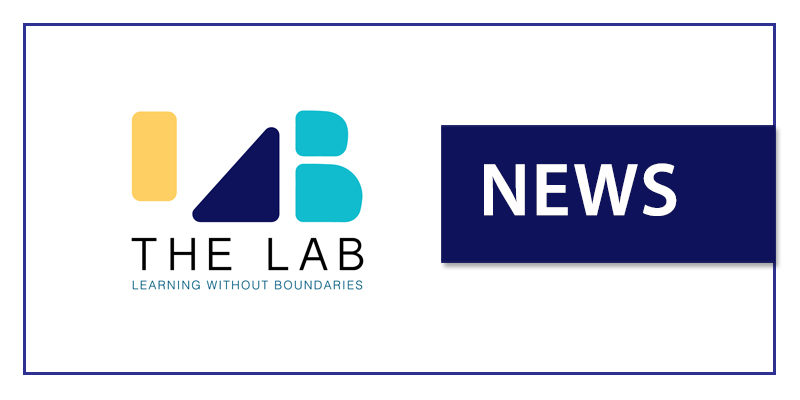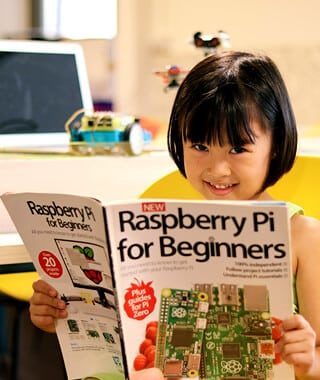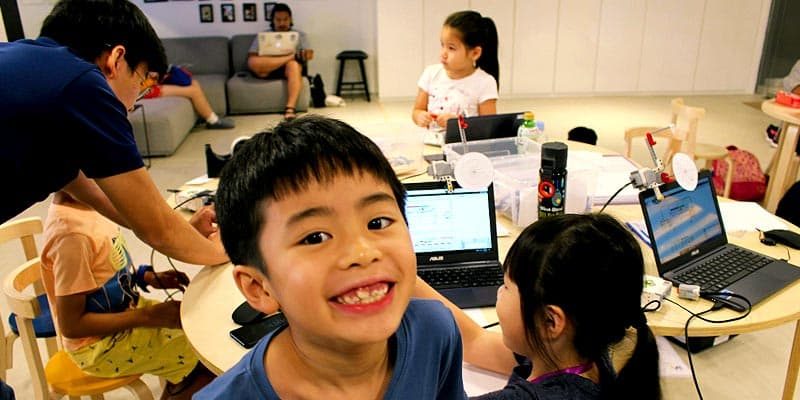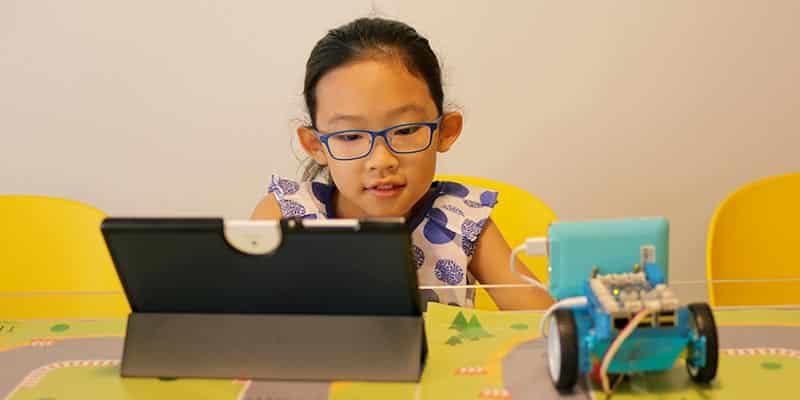1. What are the well-known competitions for Robotics and Programming?
For Robotics focused competitions, the World Robot Olympiad (WRO) is generally considered the most popular, while for Programming focused competitions, Singapore has the National Olympiad in Informatics (NOI).
2. What is the difference between these two competitions?
WRO involves designing, building and programming a competition robot. NOI focuses mainly on programming and problem-solving skills.
| What is it? | The World Robot Olympiad is a global robotics competition for young people. The World Robot Olympiad competition uses Lego Mindstorm Robots manufactured by LEGO Education. | The Singapore National Olympiad in Informatics (NOI) is modelled after the International Olympiad in Informatics (IOI), the ultimate international competition in computing. |
| What are the categories in the competition. | The tournament comprises of four categories: (1) Primary for ages 9 – 12; (2) Secondary for ages 13 – 15; (3) Tertiary for ages 15 – 19; (4) Open for all categories | The tournament is broken up into four categories: (1) Secondary; (2) Junior College |
| What is the programming language used in the competition? | Lego Mindstorms | C++, Java, Python |
| When is the competition held? | September Annually | March Annually |
| How long is the competition? | Typically, across 5 days | 1 day |
| Is it an individual or team competition? | Team of 3-4 | Individual |
3. How long does it take for a student to train for the above competitions?
Typically, a student is required to be exposed to robotics and/or programming for 1 – 2 years. It would then take approximately 50 hours of training focused purely on the competition. Hence, a high level of commitment from the student is paramount.
4. What is my child learning in The Lab Singapore that will assist in the above competitions?
In the Lab Junior program, students are required to build and program different robots each week using Lego Mindstorms. Lego Mindstorms is the programming language used in WRO. At the end of each term, students are required to complete project work which requires all three aspects, i.e. design, build and program, similar to WRO.
In the Lab program, students start with Google Blockly, enabling them to grasp the concepts of programming and progress on to Python in the advanced stages of the curriculum. Python is one of the programming languages used in the NOI.
5. Is attending The Lab Singapore classes sufficient to participate in the competition?
Unfortunately, no. The competitions are thematic and they vary year on year. Nonetheless, the concepts learnt in The Lab Singapore will assist students in understanding and applying core skills and concepts during the competitions.
As such, we have specially engaged instructors who have experienced in training students for competitions to train our students.
6. What is the suggested learning journey if my child is interested in taking part competitions?
We suggest your child to have at least 6 months to 1 year of exposure in robotics and/or programming before taking part in any competitions. We highly encourage students to take part in their first competition as part of their learning journey and to participate in our internal The Lab monthly competitions. This will allow them to be better prepared when they take part in serious competitions the following year.













